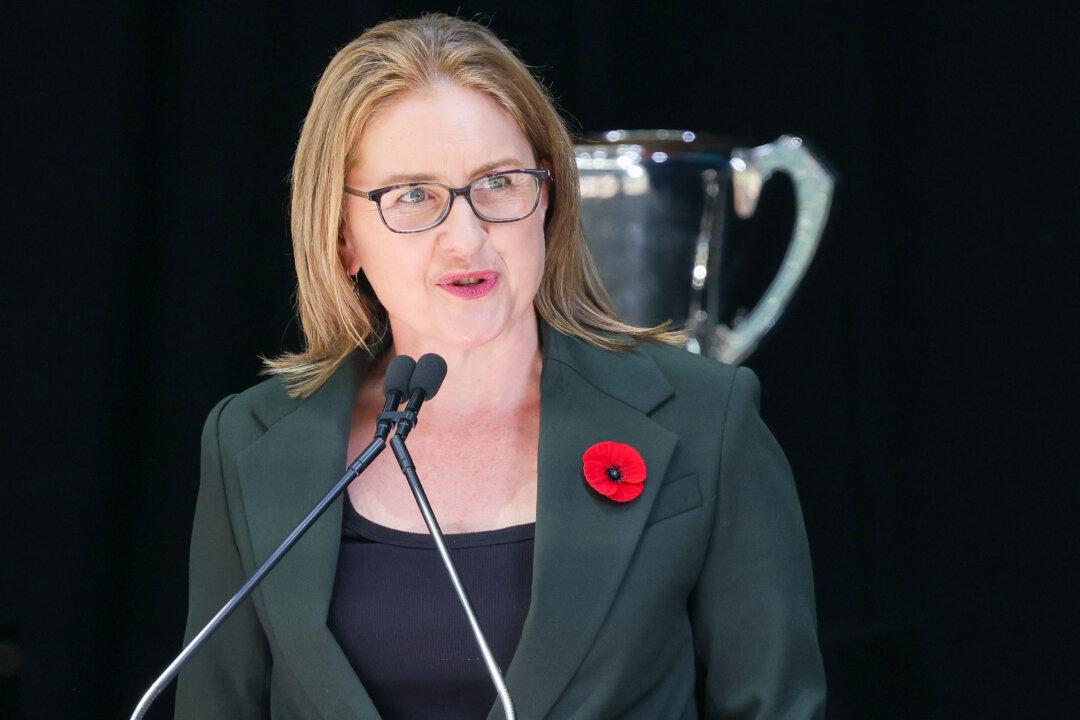Ambulance response times continue to lag in Victoria, with new data showing it takes more than 15 minutes to respond to one in three critical incidents.
While the new data shows a modest improvement in ambulance response times from January to March 2023, the health system overall in Victoria was still under huge pressure.




